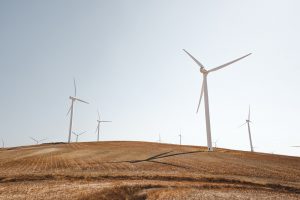 How do we compensate those who add clean electricity to our shared power grid? This fundamental question has affected the rate at which the U.S. has adopted, deployed, and put into use clean, distributed energy resources such as energy efficiency, batteries, electric vehicles, and rooftop and community solar.
How do we compensate those who add clean electricity to our shared power grid? This fundamental question has affected the rate at which the U.S. has adopted, deployed, and put into use clean, distributed energy resources such as energy efficiency, batteries, electric vehicles, and rooftop and community solar.
At the core of our new distributed energy electricity system are resources that work better during specific times and weather conditions, and thereby have more value at some moments than others. So, it’s crucial to take time and location into account to properly identify the value of these clean energy resources and how they should be fairly compensated. Solving for price can spur much needed investment in renewable resources and lower the cost of clean energy development, while reducing emissions.
Last week, the New York Public Service Commission (PSC) brought us a step closer to figuring how to fairly compensate distributed energy by issuing a long-awaited order to establish an interim pricing structure that encourages the evolution of distributed energy markets and better aligns with Reforming the Energy Vision (REV), the state’s initiative to build a cleaner, more efficient, and customer-centric electric system. Read More










 At Environmental Defense Fund (EDF), we understand that market forces can drive either a healthy environment – or harmful pollution. I recently
At Environmental Defense Fund (EDF), we understand that market forces can drive either a healthy environment – or harmful pollution. I recently  The price we all pay for electricity generally does not reflect the “true costs” of producing it. As described in a recent
The price we all pay for electricity generally does not reflect the “true costs” of producing it. As described in a recent